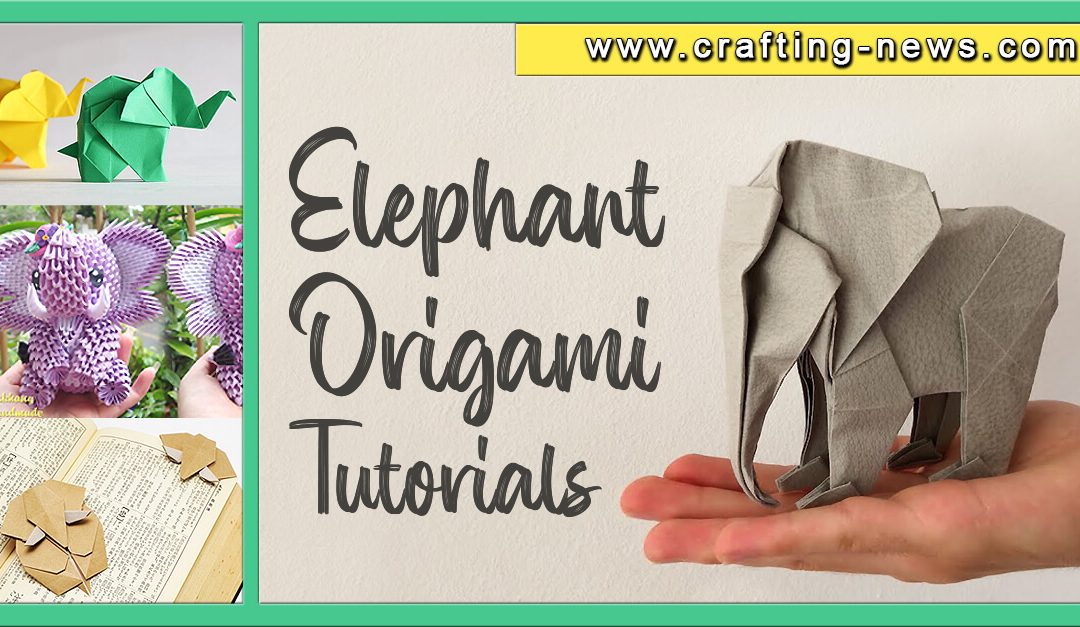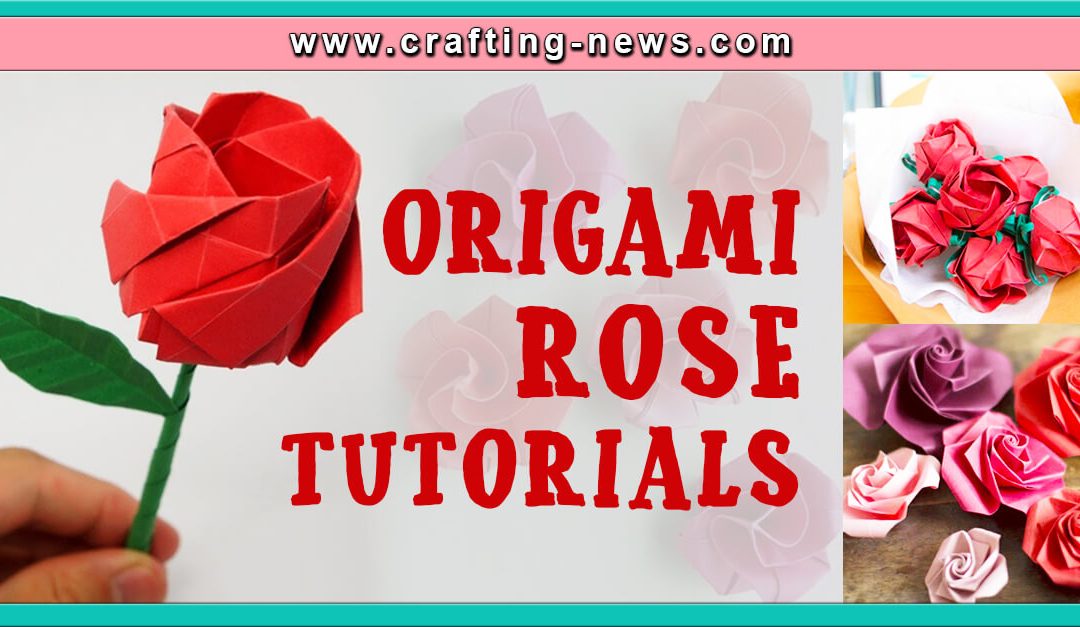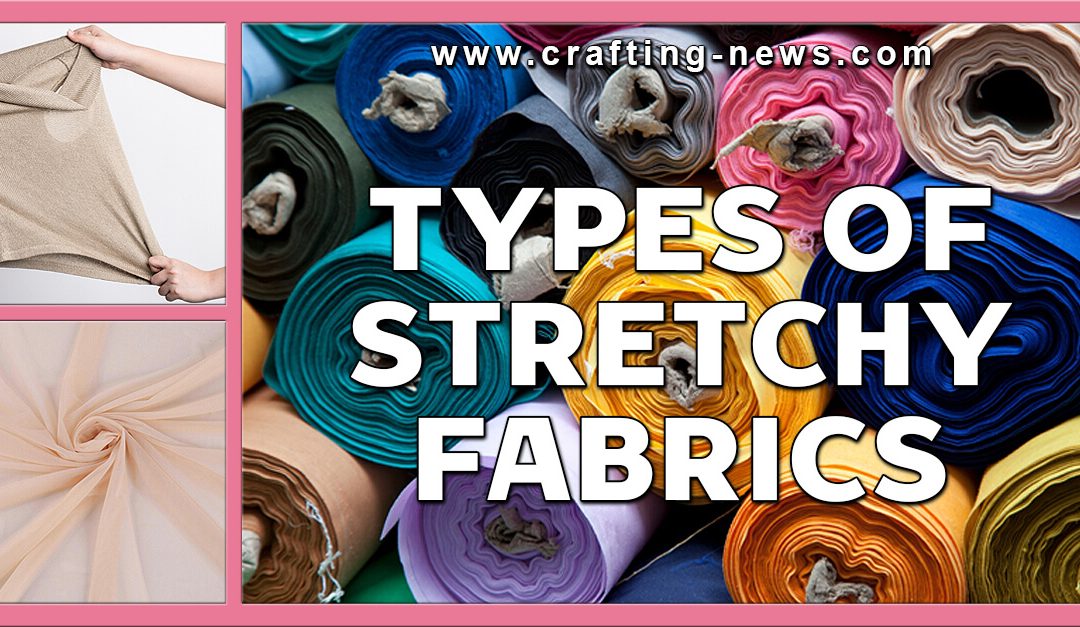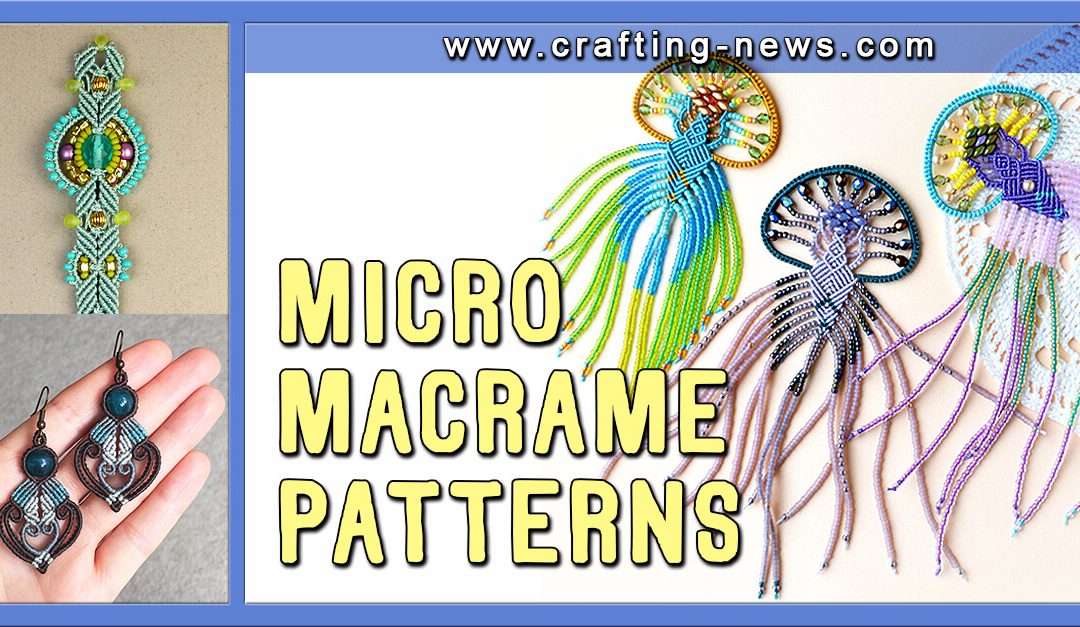In our 2 Ways To Do Baste Sewing tutorial, we will explain everything you need to know about baste sewing. We have also included two different techniques. So you will learn how to baste sew with a sewing machine and by hand.
If you have been sewing for a while, you have probably heard of baste sewing. But what is baste sewing? And what is it used for? We hope to answer all your questions.
All sewing enthusiasts, whether in the beginning phase or in the expert phase most likely have heard about “baste stich” one way or another.

WHAT IS BASTE IN SEWING
Baste sewing uses temporary straight stitches to attach layers of cloth together. These stitches are left in place until the final stitch is sewn. Since baste stitches are temporary, they are long and fairly loose. This makes it easier to remove the temporary stitches when they are no longer needed.
You can do baste sewing either by hand or by the use of a sewing machine.
When is Baste Stich Used?
Baste stitch is used when you need to bind layers of cloth together without the stitch being permanent. It is often helpful to use a contrasting thread coulour, so you can easily locate the stitches are removed them when needed.
Below are several instances you may find yourself needed to use baste sewing:
- Gathering fabrics
- When adding sleeves to a shirt
- Holding a zipper in place
- Hold bias tape, lace or other decorative trimmings in place before sewing
- Make sure seam allowances are correct
- Pins will get in the way.
- When using slippery or stretchy fabrics
- Sewing difficult corners or seams
- Quilting
- Using a serger
2 WAYS ON HOW TO BASTE SEWING
There are two ways you can baste sew. You can use a sewing machine or hand sew.
1. Basting Stitch on Sewing Machine
If you have been looking for an easy way to baste sew, you can use your sewing machine.
All regular sewing machines can do baste stitch. You only need to adjust the settings. To make a baste stitch you will want your machine to make a long straight stitch.
Most machines have an average default length of 2.2 mm. You will want to change the length to 5 mm or longer.
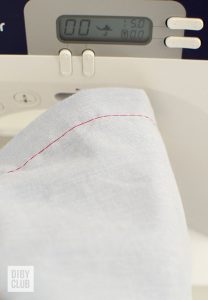
What is a Basting Stitch and How to Sew One by Jessamin Jensen
Basting or baste stitch is just about making a long straight stitch so it’ll be quite easy to make it even without the use of the latest sewing machine models.
You just have to center your needles in the middle or in the left and set your machines to the longest length possible.
Take note that the stitch length can vary depending on the make or model of the sewing machine that you’re using. The default length is 2.2 mm while the average length of a baste stitch is 5.0 mm but some machines can go up 7.0 or 9.0mm.
How will you know which length to use? Continue reading below.
How Long Should You Make Your Baste Stitches?
WHEN TO USE EXTRA LONG OR STANDARD BASTE STITCH
- Extra Long Stitches
If you are sewing thick fabric, you will want to use an extra long baste stitch. This is because the thick fabric will consume more of the thread since the length is being used to get through the depth of the layers.
- Standard Length Baste Stitches
You will use a standard length baste stitch when sewing thin fabrics that are easy to penetrate. These can include silk and cotton lawn.
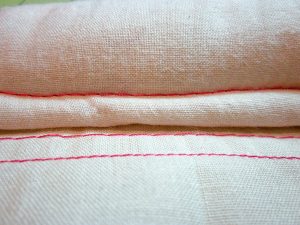
Machine Basting Basics by Liz Johnson
In the image above, both the top and middle stitches are actually the same lengths. However, the top stitches look shorter because they are sewn into thick fabric.
Basting Stitch on Sewing Machine Video Tutorial
2. Baste Sewing by Hand
Sometimes, it may be easier to make your baste stitches by hand. You can be more accurately place the stitches. And there are some instances where the project you are working on is too large to fit through the sewing machine.
When you baste sew by hand, the stitches will not be as tight as when you baste sew with a sewing machine. This will make it easier to remove the stitches.
If you choose to baste sew by hand, we recommend that you make a follow-through backstitch to secure the grip.
Hand Baste Sewing Video Tutorial
Some Helpful Ways to Use Baste Sewing
Use contrasting threads so that it’ll be easier for the sewer to locate and follow it while doing the final stitches. Here is a list of things where you’ll be using baste stitches:
- Quilting
When quilting, baste stitch will help hold the layers together before you start the actual quilting. The stitches will keep the layers in place and prevent shifting of the quilt top, batting and backing.
Here’s some quilt patterns to practice your baste stitch:16 T-shirt Quilt Patterns, 37 Quilted Placemat Patterns and 12 Wedding Ring Quilt Patterns
- Using a Serger
When you work with a serger, a knife cuts off the seam allowance. It is easy to make a mistake and cut off too much. If this happens, your project can be ruined.
You can use baste sewing on your serger project to ensure the area that needs to be cut off is the correct size.
- Garment fitting
Baste stitching is frequently used during garment fittings. When you use a baste stitch, you can fit the garment before you sew the permanent stitches.
When you use baste stitching, you can remove the stitches if the fit is not right and try again.
- Zippers
Use basting to help you in making sure the zipper is positioned correctly. It is more accurate and easier than using pins.
- Home décor
Basting is a great way to sew trims, such as piping, rick rack, and pom-poms that’ll definitely spruce up your homes.
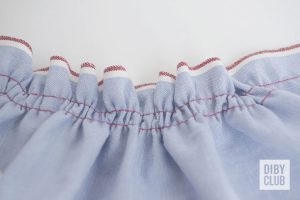
What is a Basting Stitch and How to Sew One by Jessamin Jensen
Note that, you can choose to remove the basting stitches or leave them as they are. Once the final stitch is done, you can hardly see it anyway.
Basting might be something ‘behind the seams’, but it is equally just as important as other sewing processes.
WE HOPE THAT OUR ARTICLE ON BASTE SEWING IS USEFUL IN YOUR FUTURE SEWING PROJECTS!
Baste sewing is just as important as any other sewing process. If you need to baste sew your project, do not skip the step. Do share with us your experience on how to baste sewing on our Facebook page.
We hope that our article has made you more comfortable using a baste stitch. To practice your newfound basting sewing skills, click on the link below to find some patterns to start working on.

